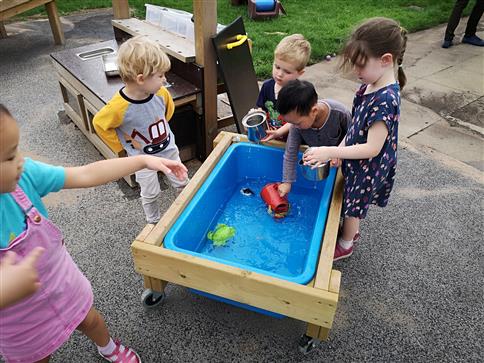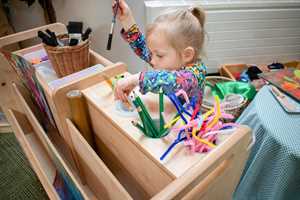Children's Health
Developing Fine Motor Skills through Play
Fine motor skills are the ability to make small muscle movements, usually involving the hands and fingers in coordination with the eyes.
Adults and children use fine motor skills daily to perform tasks such as brushing teeth, lacing a pair of shoelaces or holding a pen or pencil to write on paper..
In order to have good fine motor skills, children need a strong core and good shoulder stability.
Plenty of practise is needed grasping objects and manipulating them in order to develop strong and capable fingers.
Fine Motor Strength
Hand and finger strength is important as it is required for many everyday activities such as, zipping up coats, turning a key to open a lock and using scissors.
It also helps to develop endurance and skills needed to complete activities such as writing at length.
Children develop fine motor strength by manipulating and interacting with small objects and performing tasks that provide resistance.
When babies learn to crawl, this strengthens and develops the arches in the hands. The more chances children have to use their hands, the more refined and stronger the hand muscles will become.
As children learn to manipulate different objects, they develop more precise movements.
A baby will begin by swatting at an object with an open palm, eventually using a full fist to latch on to items.
With practise, hands get stronger and babies learn to control individual fingers in isolation. They are able to grab small objects and bang things together.
Eventually young children will learn to control a spoon for eating and hold a crayon to make marks.
For some children, the development of fine motor skills can be delayed and may require some extra practise.
Pupils may have difficulty completing tasks using their hands or avoid them altogether. Children may show disinterest for arts and crafts activities, wait for assistance when dressing themselves or show a lack of initiative when using utensils at mealtimes.
.jpg)
Development Coordination Disorder (DCD) or dyspraxia is a common condition that can affect children’s fine motor skills.
Coordination difficulties can affect children’s everyday lives causing difficulties with self -care, holding a pencil, using scissors and riding a bike. Dyspraxia occurs when a child’s brain is unable to effectively coordinate physical movements with the body’s muscles.
There's a variety of ways you can support children with dyspraxia and help them achieve their maximum potential but one great way is to incorporate playground equipment.
Children can develop good coordination skills by using their fingers and hands in new and challenging ways daily.
However, often children will avoid activities that they find difficult, therefore they do not develop the appropriate strength needed to carry out tasks.
Pupils need to be able to adapt their hand movements for the task they are completing and also vary the strength they need to use.
As teachers, we can provide many fun and engaging opportunities for learners to grasp items and manipulate objects in order to fine-tune skills.
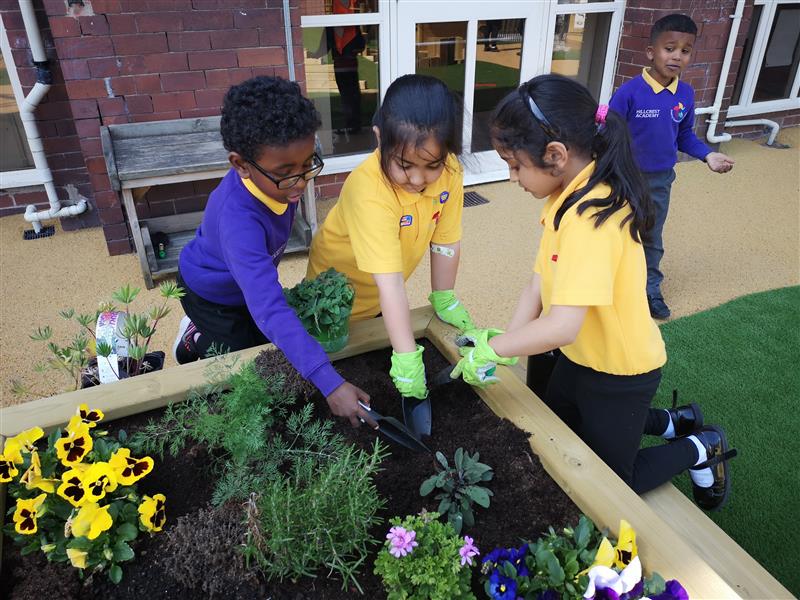
Squishing and Squeezing
Using playdough is such a useful activity for improving fine motor skills. It can be made in a range of colours and different scents can be added to provide pupils with a wonderful sensory experience.
Many early years classrooms now have a daily ‘Dough Disco’ which involves moulding playdough in time to music and performing different actions such as pinching, rolling, flattening and pressing each individual finger into the dough.
Often when children freely explore playdough they are kneading, squeezing and rolling. Simple tools can be used to cut out shapes and dough can be pushed through a garlic crusher.
Whenever children are learning to use scissors, I always begin with playdough before introducing paper as it is much easier to cut and manipulate.
Children can be challenged to create as many playdough sausages as they can in a given time and then practise cutting them into different lengths.
Squirty bottles, water pistols and containers are great resources for developing hand muscles which can be added to the water table.
Product Spotlight
Children will enjoy making patterns on floors and walls. Target boards, numbers and key words can be written in chalk on different surfaces before being erased.
Little gardeners will enjoy using squirty bottles to water flowers in the school planting area!
Syringes are also a useful addition to water play which help to build hand strength and coordination. Different coloured water can be used or to make it more difficult for little hands, oobleck, which is a mixture of cornflour and water, can be squeezed through.
Squeezing out a sponge or a washcloth helps to develop grip strength and can be easily incorporated into classroom role play areas where children are washing babies or cleaning cars or outdoor toys.
Children can develop their hand strength by squeezing a soft ball. As this improves, practitioners can increase the amount of resistance in the activity by using a firmer ball or increasing the number of repetitions.
.jpg)
Perfect Pinching
Pinching seems like a simple action but it is needed to perform many everyday skills such as undoing buttons, opening packets and counting coins.
An ‘Arts and Crafts table’ is a useful space where children will enjoy creating whilst strengthening their hand muscles.
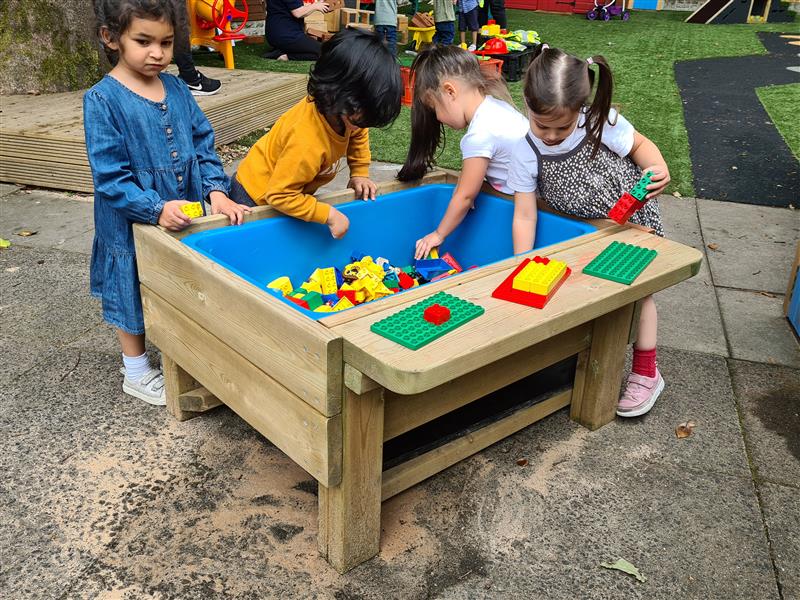
Holding a cotton bud will promote fine motor pinching and begins to develop a pincer grip. Children will enjoy using paint to create some spotty patterns inspired by pointillism artists.
Tearing and rolling paper improves pinch strength if children are encouraged to use their thumb and index finger. This technique can be useful for collage or paper mache activities.
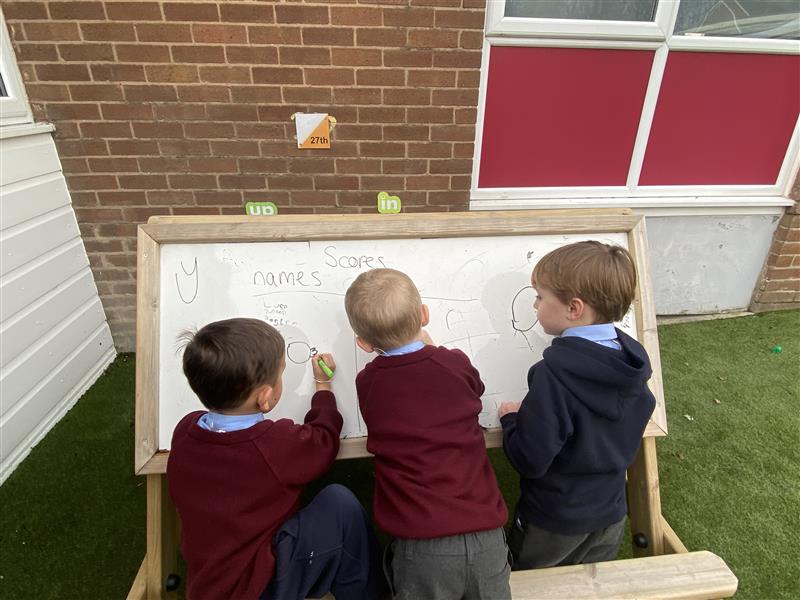
A selection of creative fine-motor items could be readily available for pupils in the art area such as sticky tape, stickers, beads for threading and making bracelets and inkpads and stickers.
The use of tongs helps to strengthen hand muscles and also builds concentration and perseverance. Pom poms can be counted and sorted into different pots and for an extra challenge water beads can be transferred or placed on top of bath mat shapes.
They can also be picked out using a finger and thumb action when added to foam. Pupils will enjoy racing against their peers when transferring objects from one container to another using tongs. They will want to repeat the activity to see if they can improve upon their own time.
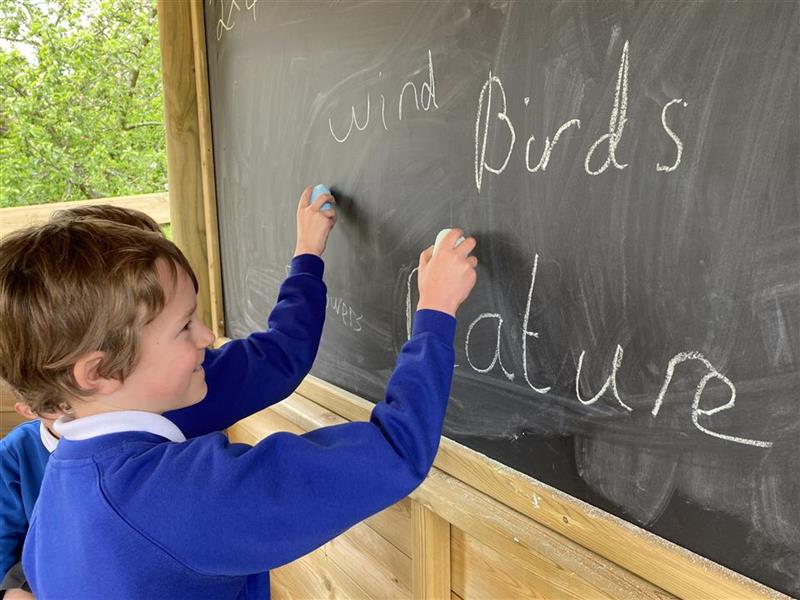
Twisting and Turning
Twisting items is a difficult skill but one that is needed to perform simple tasks in our everyday lives.
A ‘Twisting Station’ could be set up in class using different sized, recycled jars and containers with various items hidden inside. Jars and funnels can be added to sensory trays allowing children to scoop and fill using sand, rice, pasta or beans.
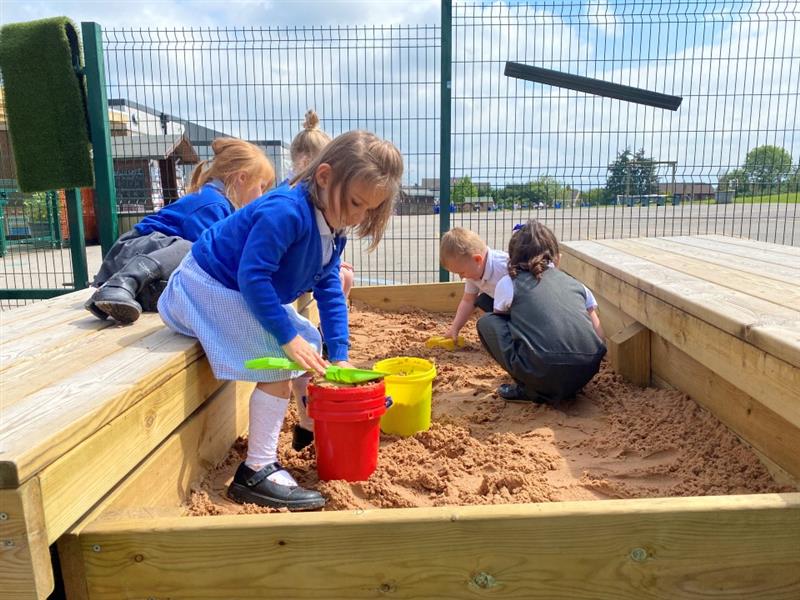
Wind-up toys are great examples of cause and effect that children love to use. Twisting will result in the toy moving on a surface and perhaps changing direction.
A ‘Twisting Tinker Table’ can be created using nuts, bolts and washers. Twisting, pinching and turning each of the objects is great for those smaller muscles in the hand which helps to develop pre-writing skills. ‘Tinker Table’ activities usually require pupils to use both hands (dominant and non-dominant) to do different actions at the same time for example one hand will be holding a jar whilst the other twists.
Children enjoy using the same objects that they see adults using as it allows them to feel independent and successful.
Keys and locks of various sizes and shapes encourage the use of a twist action and help to develop hand-eye coordination. These types of activities could be linked to topics and children’s own interests.
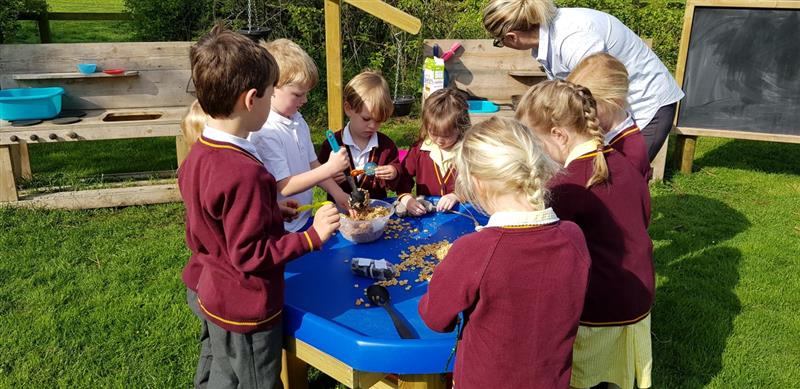
Many role play areas lend themselves to this type of play such as workshops, garages and repair shops. Often when activities are meaningful to a child, they are more motivated to try them. Even sharpening a set of pencils for a group to use is a great way to practise tricky twisting!
Get Outside!
Developing fine motor skills doesn’t have to involve sitting at a table in a classroom.
The outdoor environment is an ideal setting for learning to manipulate objects and perform certain tasks.
Popping bubbles with index fingers develops hand-eye coordination and works on finger isolation.
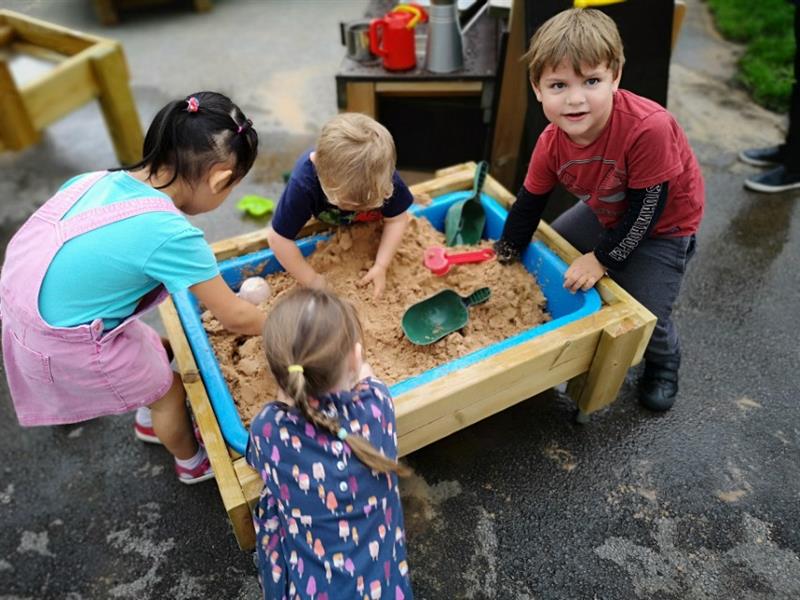
When pupils play with sand, they are building finger dexterity. Pouring sand from one container to another and carrying buckets of sand or water develops grip strength.
Bringing art materials outside is a great way to practise fine motor skills within nature. Children will enjoy experimenting with chalk by using it on different surfaces such as rock, bark, and leaves.
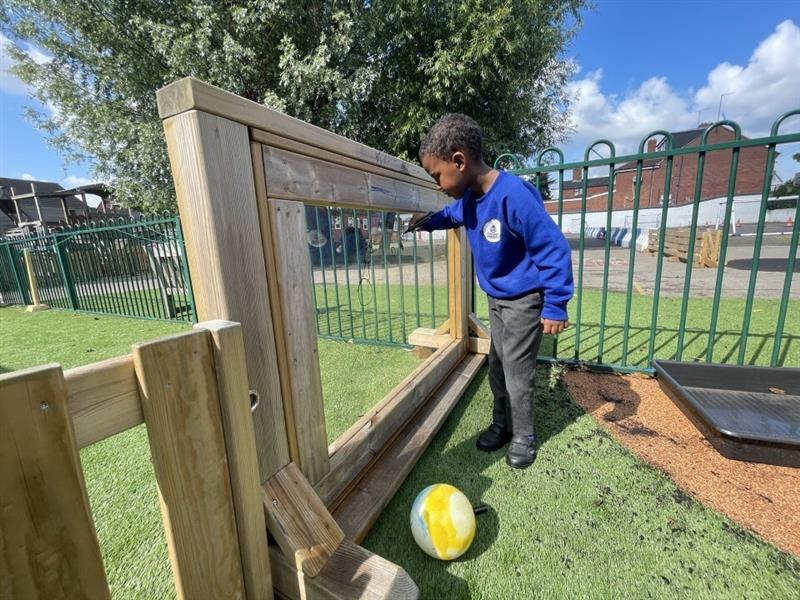
Pupils can mark make on outdoor easels and large fabric sheets tied to fence posts. Mark making on a large scale, vertical surface can help to develop shoulder stability, by allowing small children to use their whole arm. Good shoulder stability can make it easier to control smaller movements of the hands and fingers.
Hole punchers are a useful tool when building strong hand muscles. Single hole punchers greatly benefit finger dexterity and craft hole punches that require children to push down with the palm of their hand can punch different shapes and designs.

Pupils will enjoy creating their own leaf art by punching holes directly into leaves. They can create their own patterns and lace string through the holes they make.
Tying and untying knots can help to develop bilateral coordination, pincer grasp and strength. Coloured ribbons and material offcuts can be used to create outdoor art by tying around tree trunks or using Pentagon’s Weaving Panel.
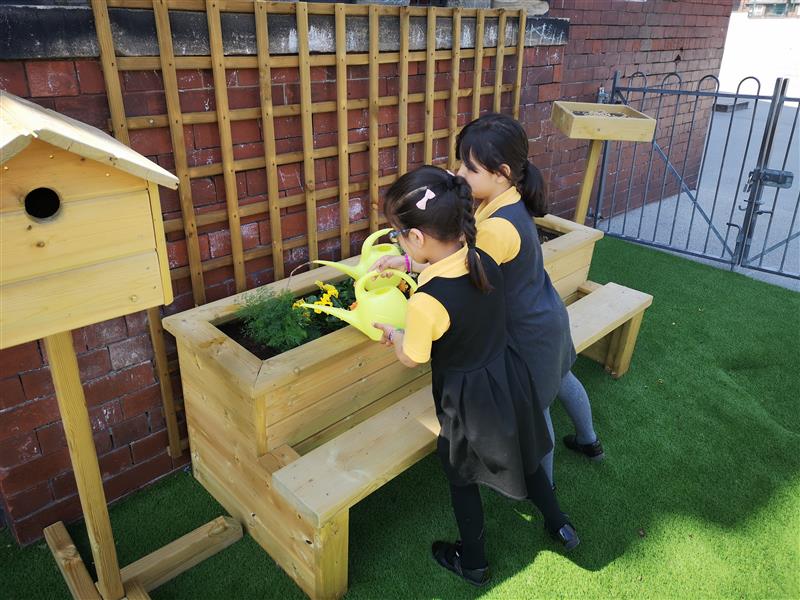
Monkey or Pull Up Bars can develop children’s hand strength and grip. When pupils begin to use this type of equipment, they can hang on a piece that still allows them to keep their feet on the ground.
Once they have mastered hanging, children can be encouraged to change their hand positions. They can experiment with palms facing towards their face or away or could even try a mixed grip.
Developing hand and finger strength through daily routines
Fine motor skills can often be developed through paying close attention to everyday tasks and routines.
Sometimes we are too quick to assist children instead of encouraging them to complete necessary activities by themselves, although this is not particularly easy when your already ten minutes late for the school run!

Snack time is a fantastic opportunity to practise fine motor work. Children can peel and cut up different fruits and vegetables. Simple foods to start with could include, bananas, cucumber and satsumas.
Helping to make toast or sandwiches could involve twisting jars and learning how to use a knife to spread and cut. Squeezing juice from an orange or a lemon is a great finger workout and pouring juice, milk or water for a group of friends helps to develop hand control.
When pupils open their lunchboxes, they are practising vital fine motor skills by learning to open various bottles, packets and containers.
Having dressing up clothes with different fastenings allows children to practise buttons, pulling at Velcro and doing up zips and they often enjoy helping each other to transform into a police officer or a princess!
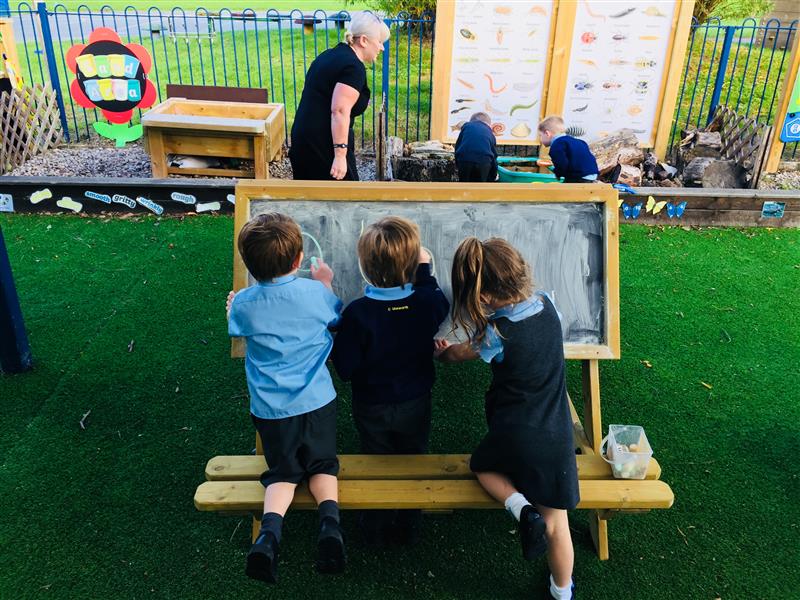
Everyday classroom essentials such as jigsaws, peg boards, building blocks and dot-to-dot pictures available on the craft table are all really useful for children’s development and to help to build muscle strength.
As children refine their fine motor skills, they will be able to complete tasks in a shorter time to a higher standard.
We believe fine motor skills certainly need to be consciously practised, as often a number of independent skills need to work together to appropriately manipulate objects or to perform certain tasks correctly.
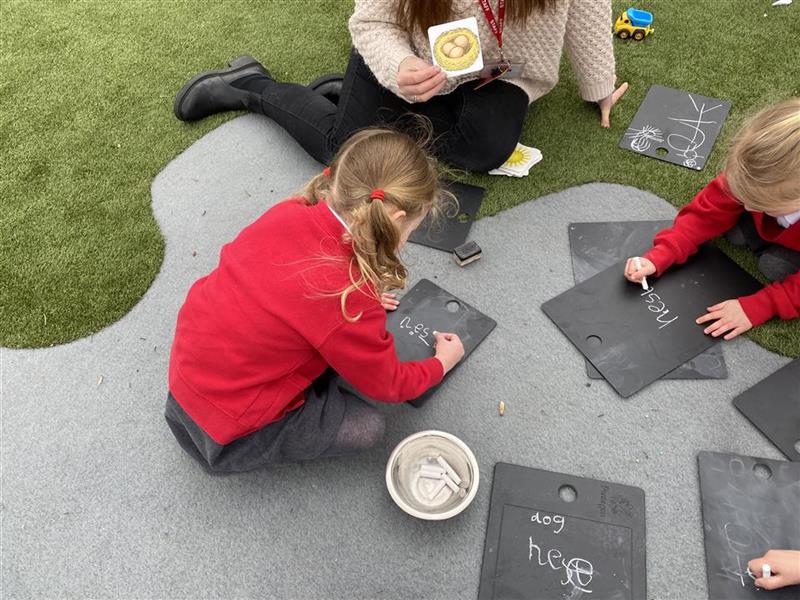
Fine motor skills are essential for academic performance and also for pupils to perform everyday skills without effecting self-esteem and independence.
Fine motor development is essential in developing the ability to mark-make and write effectively. Both fine and gross motor skills are crucial to physical development and allow children to explore the world around them.
Through providing interesting experiences and rich indoor and outdoor environments we can help children to improve in accuracy and precision when developing fine motor skills.
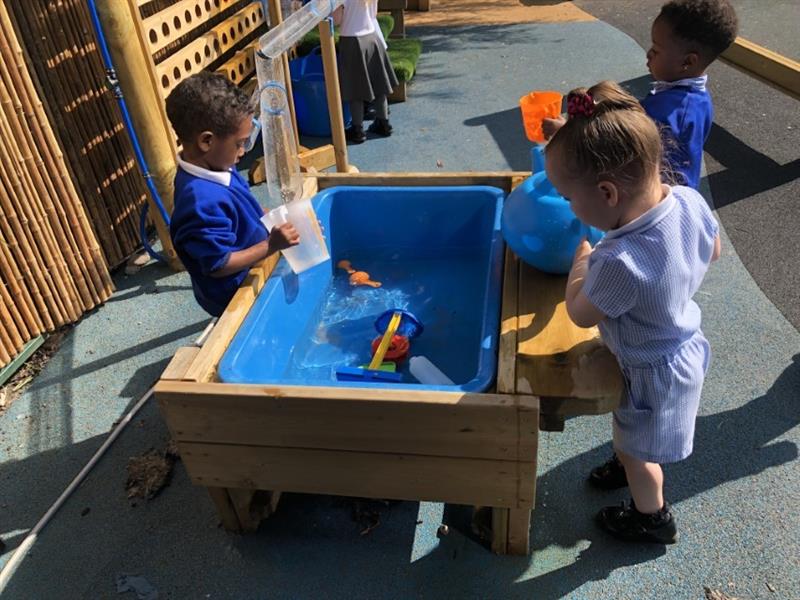



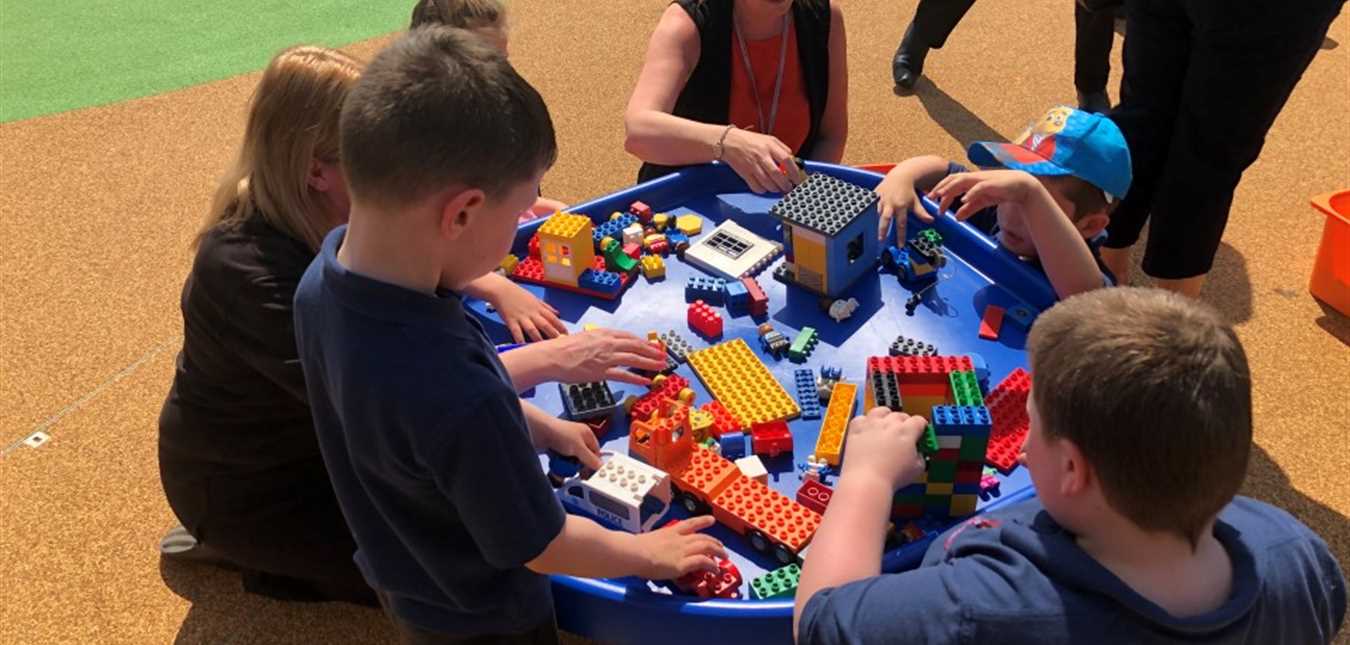
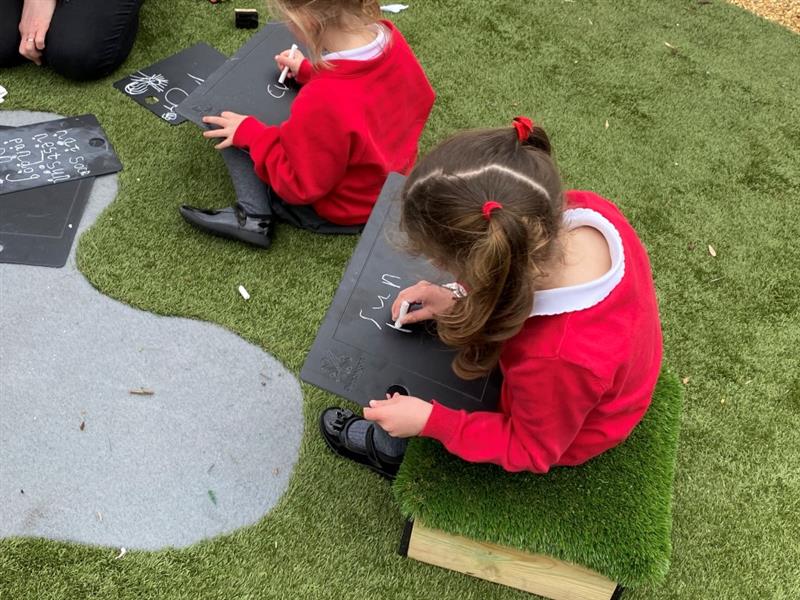


.jpg)
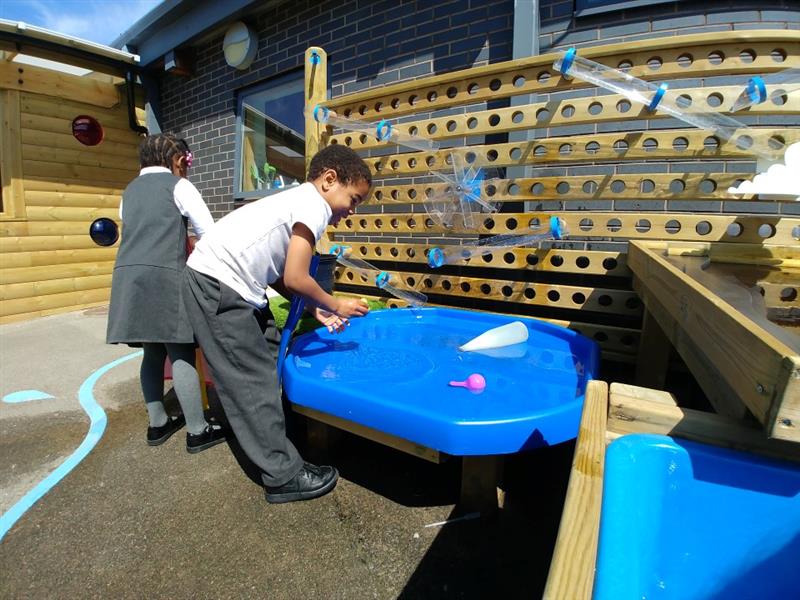

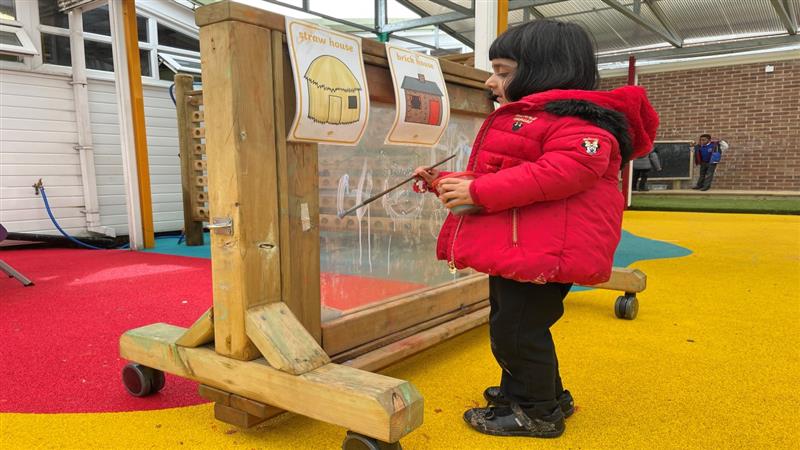
.jpg)

